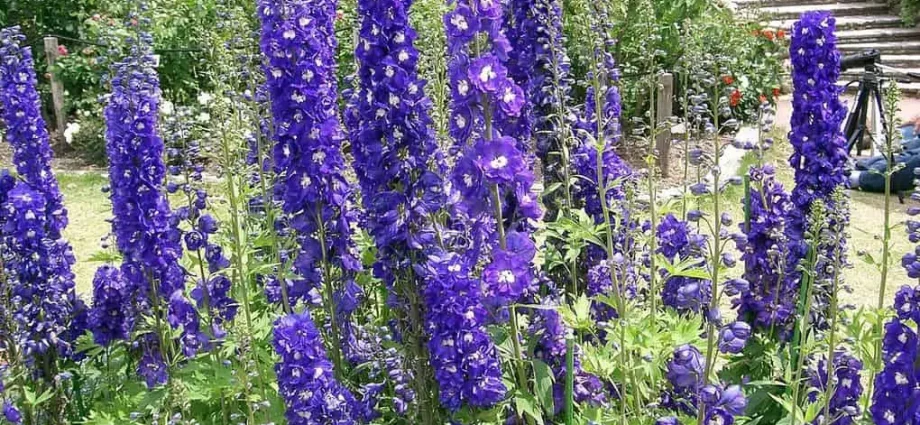Contents
According to scientists, there are about 390 thousand species of different plants on Earth. But ordinary people have little interest in them. Moreover, they do not know that some of them are deadly. But these plants can be found even in the city park, where parents with children usually walk. They can be found on the lawns, in those places where residents of small and large cities love to go to rest. Nature has tried and rewarded plants with means of protection. Deadly poisons, sharp thorns can cause significant harm to the body of an animal and a person. If you often go out of town, love nature, even if you just take your dog for a walk regularly, you need to know the enemy in person. By spending very little time studying dangerous plants, you can protect yourself and your loved ones.
10 Vitality (delphinium)
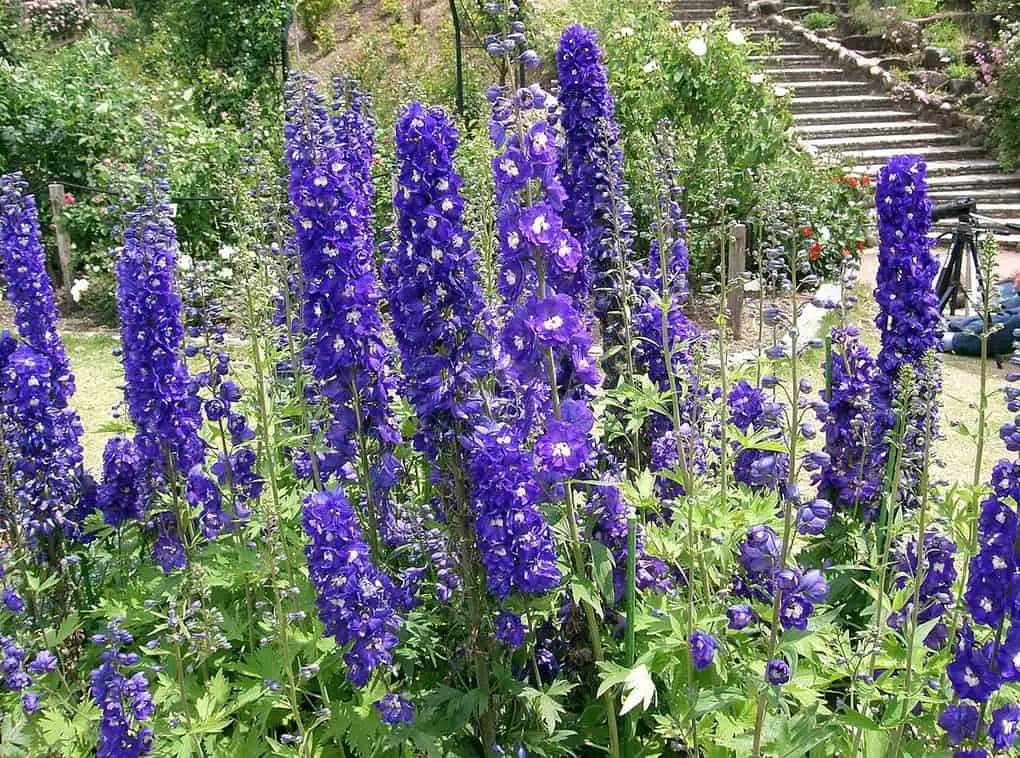
Plant height can vary from 10 centimeters to 3 meters, depending on the species. Delphinium blooms very beautifully, therefore it attracts the attention of insects. People also do not assume that a beautiful plant is life-threatening, so they often suffer after meeting with it. The sap and pollen cause skin irritation, so it is best to avoid contact with the plant. If you eat it, the consequences can be the most tragic. There are frequent cases of poisoning of livestock, sheep and cows died after eating the plant. Larkspur is used in folk medicine, but you need to be very careful, observe the dose, and in general it is better not to self-medicate. In case of poisoning with larkspur, vomiting and nausea, increased salivation, convulsions appear. In severe cases, respiratory paralysis may occur.
9. Buttercup
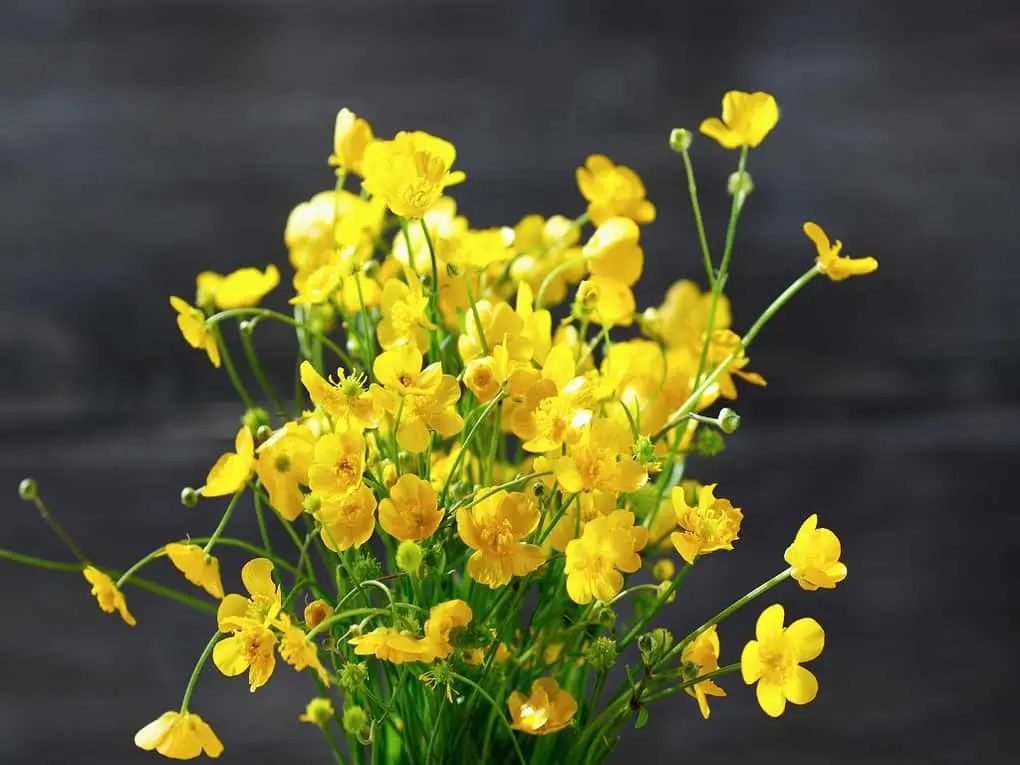
Beautiful name, gentle and soft. Its appearance also does not cause concern: a small plant, tiny yellow flowers. However, the flower got its name from the word “fierce”, as it was called for a strong poison that corrodes the skin. Buttercup can be found anywhere: in glades, along roadsides, in parks. The plant is capable of emitting caustic volatile substances. They cause eye irritation, tears. For a while, a person loses the ability to see. Therefore, the plant is also called “night blindness”. If you eat even a small piece of this plant, vomiting, pain and abdominal cramps will begin. Upon contact with buttercup, blisters and abscesses form on the skin.
8. Lumbago (sleep-grass)
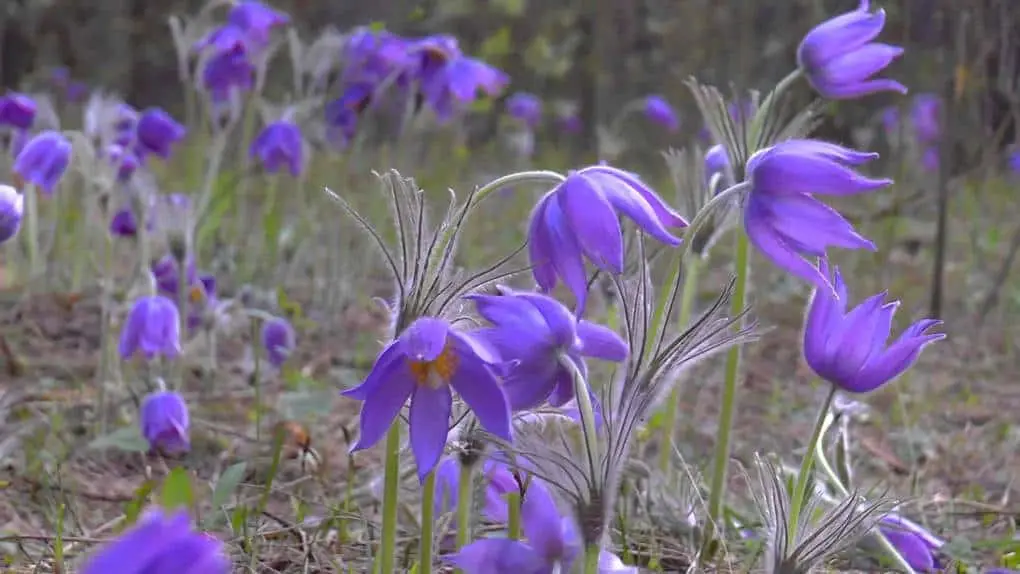
Pulsatilla also belongs to the buttercup family, but its habitat is not so wide. They grow in pine forests, in sunny glades. This plant also attracts attention with beautiful purple flowers. If you touch the plant, you are guaranteed inflammation of the skin and mucous membranes. Previously, backache was widely used in folk medicine. It has been used as a sedative. If you miscalculate the dose, you can die. Convulsions, increased salivation, pressure drop, rash, blurred consciousness are typical signs of sleep-grass poisoning.
7. Poison ivy
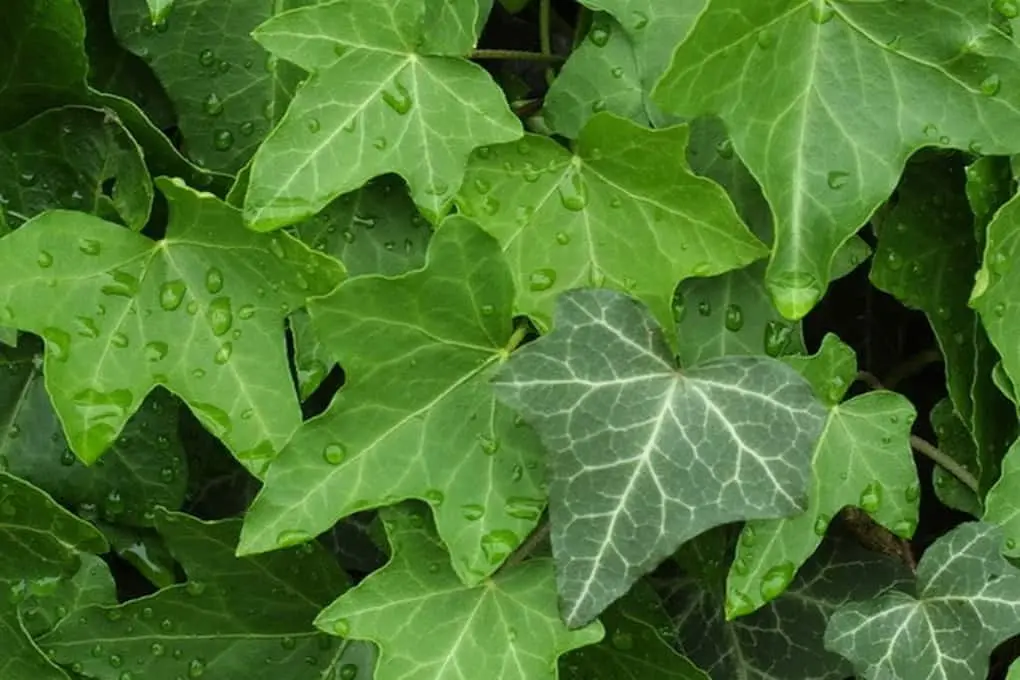
A beautiful climbing plant with bright green shiny leaves attracts people, you want to touch it. In Russia, it is not common, there are only two species that grow in the South Kuriles. Poison ivy grows in North America. The plant secretes juice that causes burns. It contains various toxic substances that can cause metabolic disorders. When ingested, severe poisoning occurs. Its symptoms are similar to those of poisoning by other dangerous plants.
6. Borshevik Sosnovsky
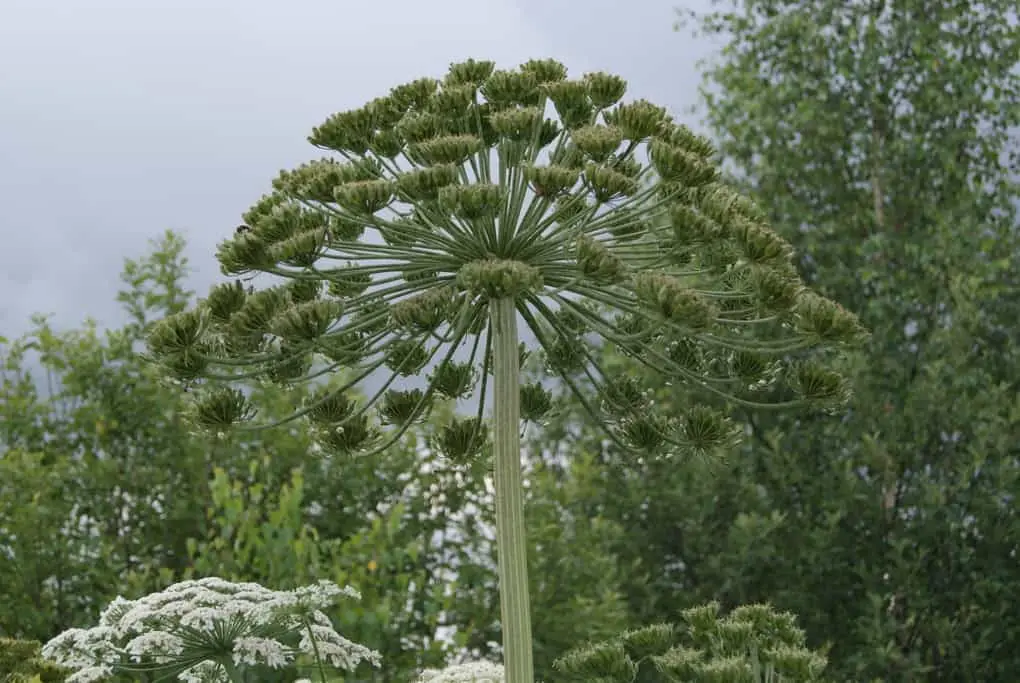
Everyone knows this plant. It spreads rapidly and is dangerous to humans and animals. Its juice contains furocoumarins, substances that are activated by the action of sunlight. A person may not even notice that the juice has got on his skin. But when exposed to ultraviolet radiation, a severe burn, blisters, will appear on the skin. If hogweed juice gets into the eyes, a person may go blind. At hit on mucous ulcers, burning are formed. Avoid contact with cow parsnip, and if this still fails, cover the skin from the sun, and then rinse it with water.
5. Yasenets (burning bush)
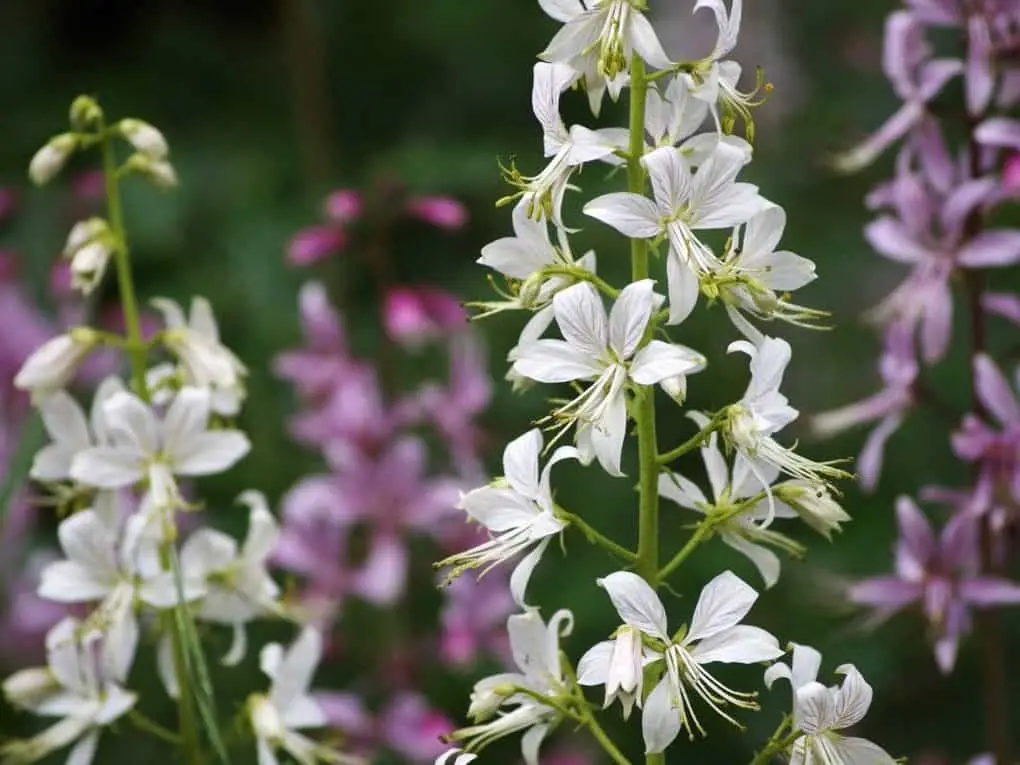
Spectacular plant, tall with multiple inflorescences. Its habitat is the south of the European part, Siberia, the Caucasus. Upon contact with it, a person will not feel anything, but after a while a burn will form. The skin will turn red, itching will begin, blisters will appear. After the burn has passed, scars and spots will remain on the skin. These burns are compared to second-degree chemical burns, and the healing process is very long. Ash tree is dangerous only in sunny weather. The plant secretes essential oils, inhaling them is fraught with a severe headache.
4. Castor bean
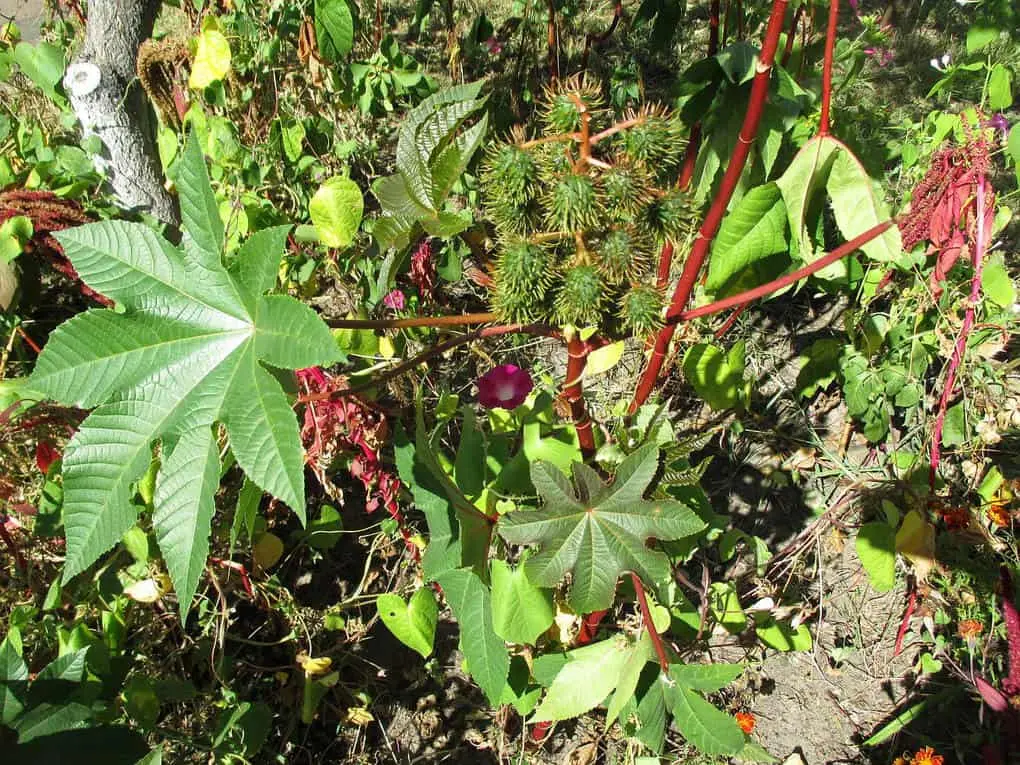
This plant is an adornment of many summer cottages and gardens. It reaches a height of 3 meters, has large shiny and beautiful leaves. The plant is used in folk medicine. Castor oil is also a source of castor oil. However, the plant is not at all harmless, it contains ricin and ricinin. The first toxic substance is contained in the seeds of the plant, the second – in all other parts. Ricinin is more toxic than potassium cyanide, so if you eat the plant, you can get serious health problems, even death. Substances are able to stop protein synthesis, they freely enter the body, self-destruction of cells begins. If it enters the gastrointestinal tract, it threatens to damage the mucous membranes. When it enters the bloodstream, circulatory disorders occur. Such consequences occur even when inhaling castor bean dust.
3. Meadow parsnips
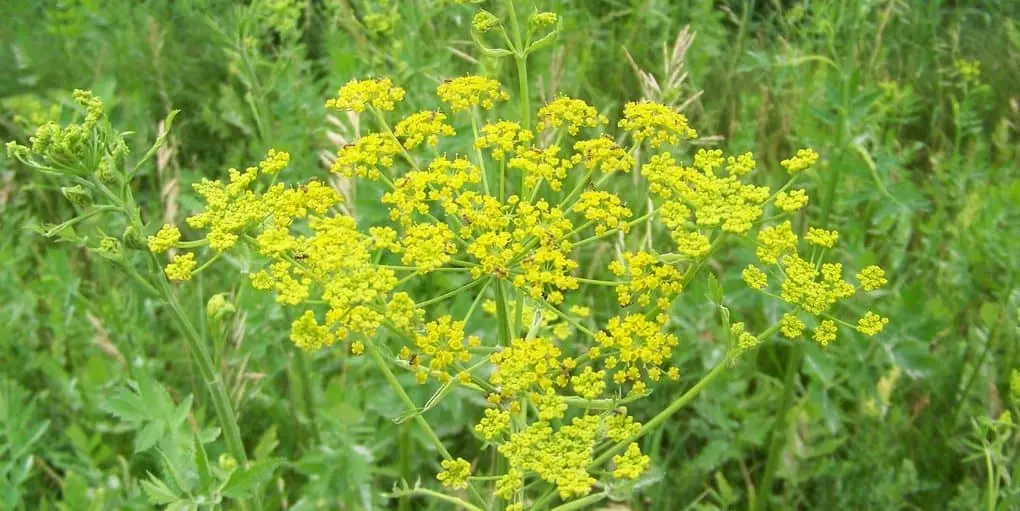
This plant is not particularly beautiful. High, reaches up to 1,5 meters in height, its flowers are small, pale yellow. It acts in the same way as a hogweed. The plant contains a dangerous substance – psoralen. At the site of the burn, a day later, under the action of ultraviolet rays, blisters filled with liquid appear. They take a very long time to heal and leave scars behind. The peak of the plant’s danger is the time of its flowering. The meadow parsnip blooms in July and August.
2. Milkweed
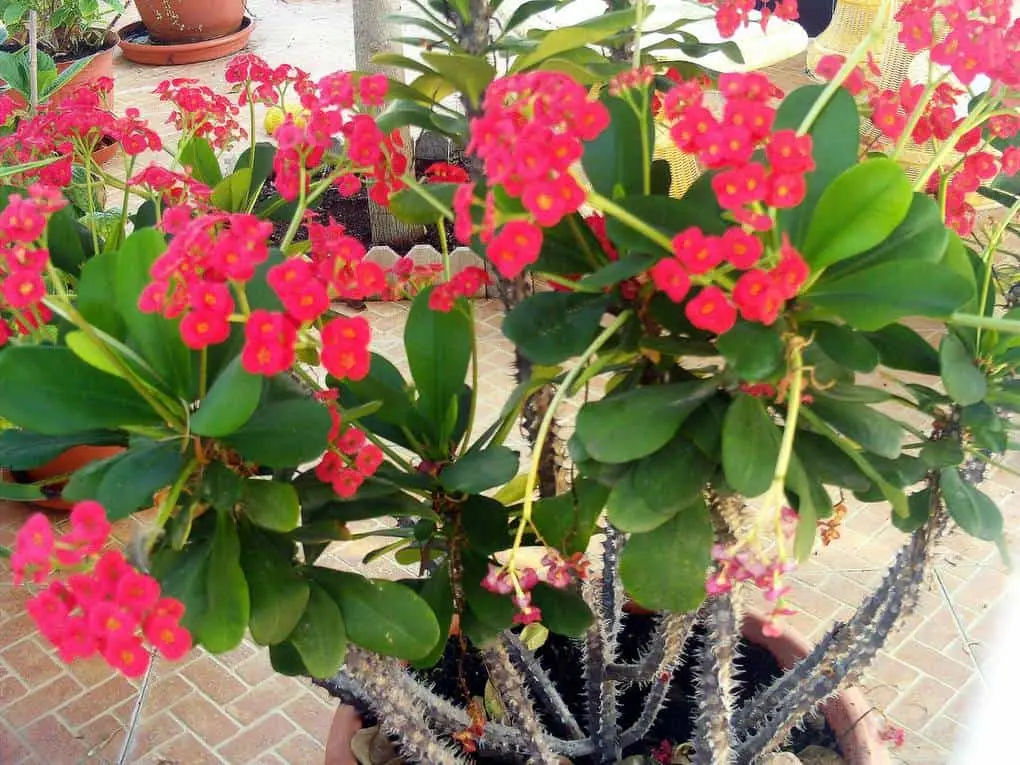
There are a lot of varieties of milkweed, so their appearance differs from each other. But this plant is very dangerous, it contains toxic substances. Despite this, spurge is grown even at home. But most people do not realize that the plant can be harmful to health. As soon as the juice gets on the mucous membranes or skin, signs of a burn will begin to appear. The skin will turn red, irritation, itching will begin. If it gets into the eyes, swelling of the eyelids and burning pain are guaranteed. In severe cases, a person may lose their sight. In case of poisoning, vomiting, diarrhea, weak pulse, dizziness usually begin. Euphorbia is very dangerous for people prone to allergies.
1. poison oak
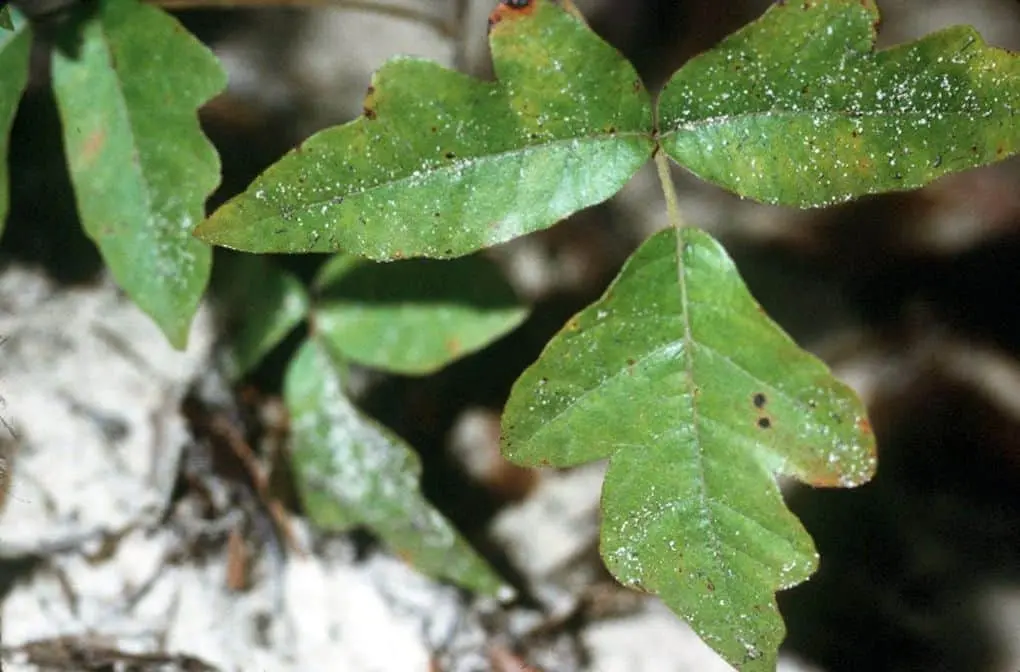
A beautiful plant with bright green glossy leaves. It grows mainly in North and South America. The leaves and stem contain urushiol oil, which is highly irritating to the skin and mucous membranes. In addition, poisonous oak releases this substance into the air. People who are prone to allergic reactions are very difficult to endure a meeting with poisonous oak. In fact, it is not a tree, it is a shrub. So it was named for the leaves, which in appearance are very similar to oak leaves.










